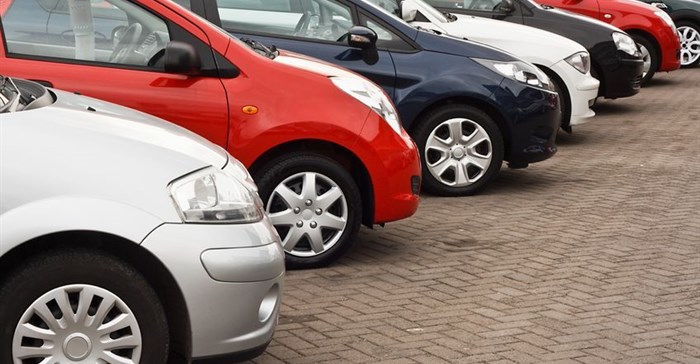






The VPI is a quarterly report compiled by TransUnion that examines the link between the year-on-year price increases for both new and used vehicles, drawing data from a selection of South Africa’s most popular passenger vehicles from 15 top-volume manufacturers.
A lower VPI indicates slower pricing increases and, therefore, greater relative affordability for the consumer.
“The cyclical nature of the automotive industry is the main impactor and the reason that this trend is most likely here to stay for a while,” says Derick de Vries, CEO: auto information solutions at TransUnion. “Used cars have been performing well for the last few years, and as a result, fewer people have been opting for new vehicles. Less new vehicle purchases mean fewer vehicles to resell to dealers, a dwindling availability of quality used cars, and that dealers can thus charge more for them. In other words, new car sales are what inevitably feed the used car industry, and so, the performance of the two are inextricably linked by the rules of supply and demand.”
The previous report (Q2 2017) revealed a slow-down in the VPI increase on new vehicles, and this quarter is no different, continuing the trend toward greater affordability in the new car market. This can be taken as a symptom of dropping availability of quality used cars, and the accompanying price increases observable as supply in the used market begins to fail to meet demand.
The surprising affordability of new cars is symptomatic of slowing sales – as manufacturers and dealers go out of their way to tempt buyers by offering discounts, preferential interest rates and trade assistance.
Manufacturers have also been able to steady their prices thanks to unexpectedly low inflation and interest rates – given the country’s delicate economic condition.
Despite enduring tough times of late, the overall outlook for both the new and used vehicle markets looks tentatively positive. Total financial agreements have increased by 9% in the last quarter alone, showing only a marginal difference between volumes for new and used vehicles at 8% and 9% respectively. However, the trend towards used car purchases is expected to continue a little longer; likely until the end of the year or beyond.
The shift will certainly come, however, with Naamsa recently reporting a 5.9% year-on-year increase in sales of new passenger vehicles, and 11.7% for new light commercial vehicles. TransUnion’s VPI reported that the value of financing (in both the new and used markets) has remained roughly the same since last quarter’s VPI, with 41% being financed below R200,000, and the average used car loan coming in at around R234,000.
Ultimately, value for money, ease of maintenance and a high level of reliability remain the priorities of all vehicle purchasers, but the scales continue to tip, first one way, then the other, in terms of whether new or used vehicles offer the best deal in cash-strapped times.
For more, download the full report for Q3 2017 here.